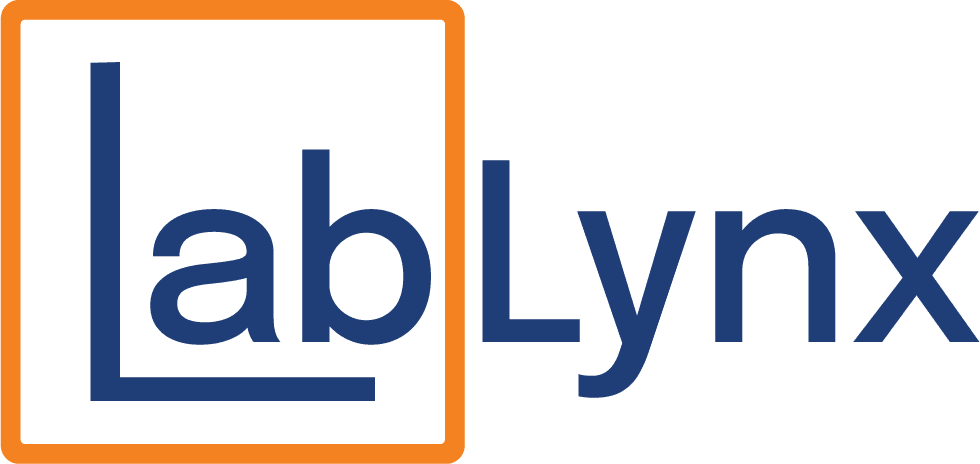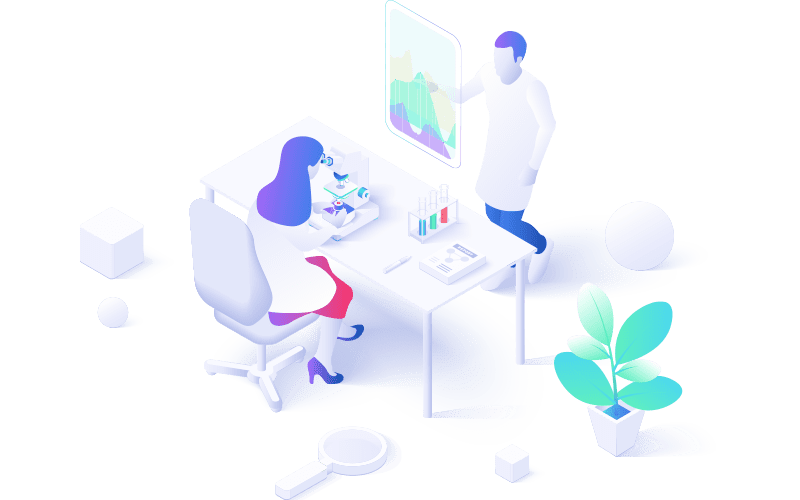
In regulated laboratory environments, maintaining the integrity, security, and traceability of electronic records is essential—not only for operational excellence but for legal compliance. That’s where 21 CFR Part 11 comes in. Enforced by the U.S. Food and Drug Administration (FDA), this regulation defines how electronic records and electronic signatures must be managed to be considered as trustworthy and reliable as their paper counterparts.
For laboratories operating in industries such as pharmaceuticals, biotechnology, clinical trials, and medical devices, 21 CFR Part 11 compliance is not optional. It’s a critical component of quality assurance, data integrity, and regulatory approval processes. In this guide, we’ll break down what Part 11 means, what compliance looks like in the lab, how to achieve it, and how LabLynx laboratory software can support your efforts from day one.
What Is 21 CFR Part 11?
21 CFR Part 11 is a section of the U.S. Code of Federal Regulations that outlines the criteria under which the FDA considers electronic records and electronic signatures to be trustworthy, reliable, and equivalent to paper records and handwritten signatures. Originally introduced in 1997, this regulation applies to any records required by FDA regulations that are maintained in electronic format.
Part 11 covers requirements for system validation, access control, audit trails, secure user authentication, electronic signatures, and data retention. The goal is to ensure that digital systems do not compromise the accuracy or traceability of data that supports product safety, efficacy, or quality.
What 21 CFR Part 11 Compliance Looks Like in the Lab
In a laboratory setting, 21 CFR Part 11 compliance governs how data is collected, managed, signed, and stored within your laboratory information management system (LIMS) or any other digital platform used for regulated work. Here’s what a compliant lab environment should include:
System Validation: All software used to manage regulated data must be validated to demonstrate that it functions as intended. Validation must be documented and repeatable, and it typically involves Installation Qualification (IQ), Operational Qualification (OQ), and Performance Qualification (PQ).
Secure Access Controls: Each user must have a unique login with role-based permissions to restrict access to only the data and functions necessary for their role. Generic logins or shared credentials are strictly prohibited.
Audit Trails: All changes to electronic records—whether it’s an update, deletion, or signature—must be logged with a timestamp, user ID, and the reason for the change. These audit trails must be secure and tamper-proof.
Electronic Signatures: The system must support electronic signatures that are legally equivalent to handwritten ones. This includes multi-factor authentication and clear linkage between the signature, the record, and the signing event.
Record Retention and Retrieval: All records must be stored securely for the duration required by the applicable regulation, and they must be easily retrievable for audits, reviews, or inspections.
Training and SOPs: Personnel must be trained on Part 11 compliance, and labs must maintain standard operating procedures (SOPs) that govern data entry, electronic signature use, and system access.
Key Requirements of 21 CFR Part 11
- System Validation: Demonstrate that software systems perform consistently and reliably.
- User Authentication: Ensure that access to systems is limited to authorized users with unique credentials.
- Audit Trails: Maintain secure logs of all data changes, including who made the change and when.
- Electronic Signatures: Support digital signing that complies with FDA requirements, including identity verification and record linkage.
- Data Security: Prevent unauthorized access, tampering, or data loss with encryption, firewalls, and secure backups.
- SOPs and Documentation: Create and enforce procedures that align with regulatory expectations for data integrity and electronic systems use.
How to Achieve 21 CFR Part 11 Compliance in Your Lab
- Assess Your Current Systems: Identify which platforms and records are subject to Part 11 and evaluate their compliance readiness.
- Validate Your Software: Work with your software vendor to perform formal system validation, including IQ, OQ, and PQ protocols.
- Establish SOPs: Write detailed procedures for using electronic records and signatures, including access management, data entry, and review protocols.
- Train Your Staff: Ensure that all personnel understand their responsibilities under Part 11, including how to use compliant systems properly.
- Monitor and Audit: Continuously monitor system usage, review audit trails, and perform internal audits to ensure ongoing compliance.
- Work with Vendors: Choose technology partners who understand FDA regulations and offer compliance-ready solutions.
Common 21 CFR Part 11 Compliance Pitfalls
- Using unvalidated software: Failing to validate your LIMS or other data systems exposes your lab to serious compliance risk.
- Shared logins and weak passwords: These practices violate the requirement for individual accountability and secure access control.
- Missing audit trails: If your system doesn’t track changes to records, you’ll fail data integrity requirements.
- Improper electronic signatures: A compliant e-signature must link to the record, the signer, and the action, with full authentication.
- Inadequate training: Users must know how to use compliant systems properly; otherwise, even the best software won’t ensure compliance.
How LabLynx Helps Labs Achieve 21 CFR Part 11 Compliance
At LabLynx, we build laboratory software that not only supports but simplifies 21 CFR Part 11 compliance. From secure infrastructure to user-friendly compliance tools, our solutions are designed with regulatory rigor in mind.
- Validation Support: LabLynx provides validation packages and guidance, helping your lab execute IQ, OQ, and PQ efficiently.
- Secure User Authentication: Our system uses unique logins, role-based permissions, and two-factor authentication to safeguard access.
- Robust Audit Trails: Every record change is automatically logged with user ID, timestamp, and change reason, ensuring full traceability.
- Part 11-Compliant E-Signatures: LabLynx enables secure, FDA-compliant electronic signatures with complete record linkage and authentication.
- Training and SOP Guidance: We provide user training and documentation support to help you build compliant workflows.
- Customizable Compliance Features: LabLynx is configurable to your specific regulatory environment, ensuring precise alignment with your protocols.
Your Compliance Partner in Regulated Environments
Whether you’re preparing for an FDA inspection, scaling your pharmaceutical lab, or upgrading outdated systems, 21 CFR Part 11 compliance should be a top priority. LabLynx is more than just a LIMS vendor—we’re a strategic partner committed to helping labs navigate complex regulations with confidence.
With LabLynx, you don’t just get a powerful LIMS—you get a validated, secure, and compliant solution built for today’s most regulated environments.
Ready to Strengthen Your Lab’s Compliance Framework?
Request a demo or contact us today to learn how LabLynx can help your lab meet 21 CFR Part 11 requirements with ease.
Accelerate Your Lab's Success & Experience LabLynx
"*" indicates required fields
Explore the LabLynx Suites
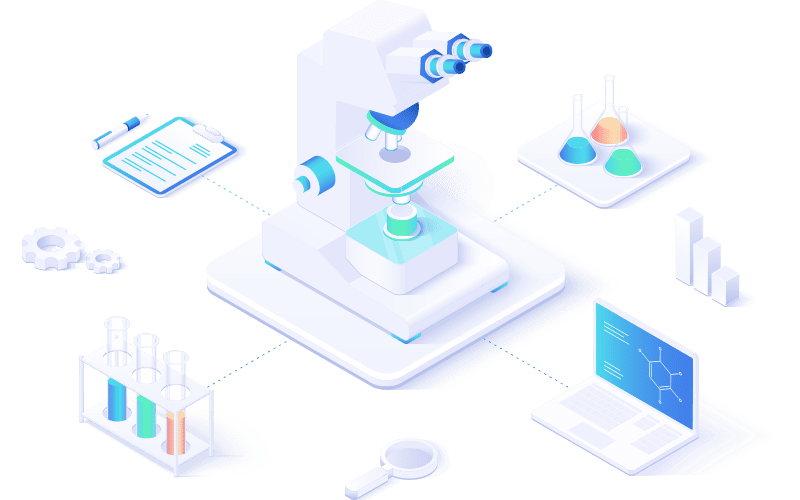
LIMS Suite
Seamless Sample and Workflow Management
The LabLynx LIMS Suite empowers laboratories with the tools needed to manage samples, workflows, compliance, and more in one centralized system. It’s the backbone for labs seeking efficient, reliable, and scalable management solutions.
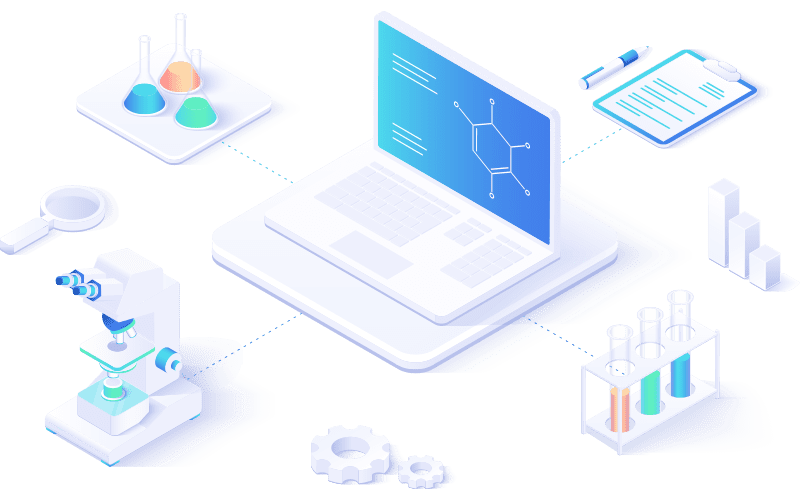
ELN Suite
The LabLynx ELN Suite offers a modern approach to managing lab data and experiments. With its secure, intuitive platform, your team can record, store, and collaborate effortlessly, supporting innovation every step of the way.
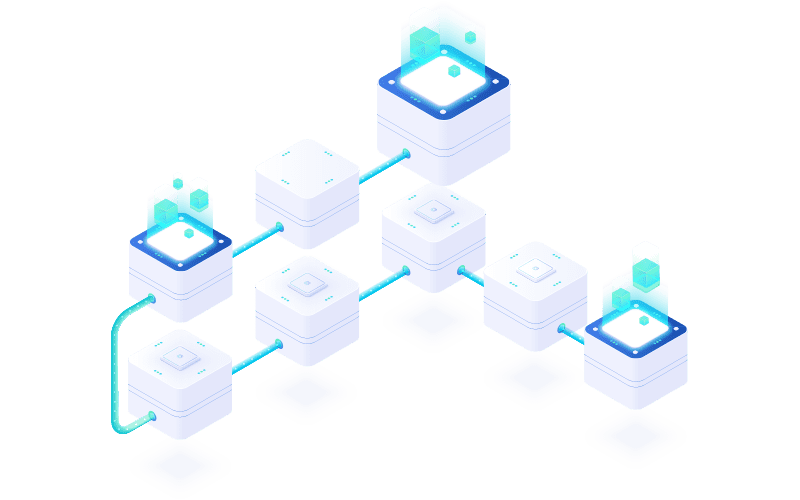
Lab Automation
Automate for Efficiency and Growth
Streamline operations and boost productivity with the LabLynx Lab Automation Suite. Designed for labs ready to embrace advanced automation, this suite integrates systems, instruments, and workflows to deliver efficiency at scale.
